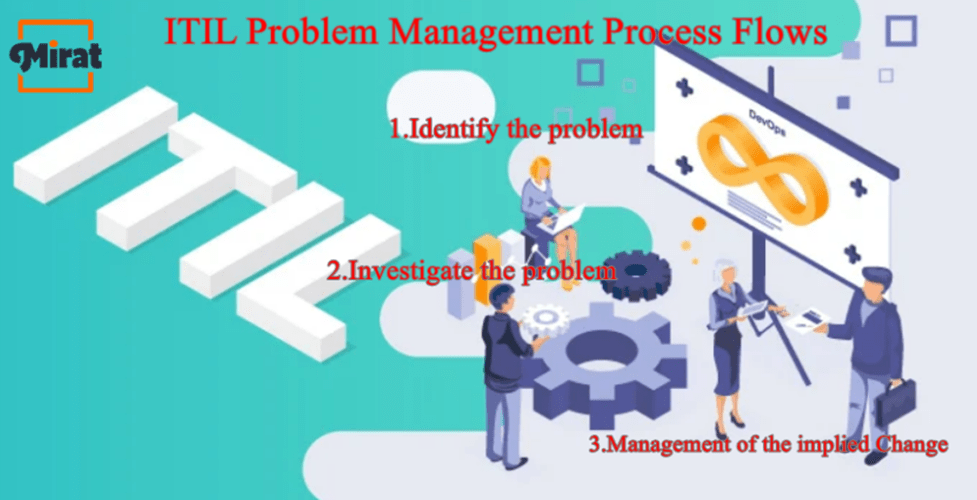What is ITIL?
ITIL service lifecycle is a structure aimed to standardize IT services in a business’ selection, scheduling, delivery, maintenance, and overall lifetime. The objective is to improve efficiency and create predictable delivery of services.
Example:
The service desk has some challenges; therefore, operations of the ITIL difficulties point towards the administration of incidents. The ITIL service lifecycle process can have a financial impact and involves financial administration too. Although the phase of ITIL Service Design is upstream in the lifecycle of ITIL service, the past and present complications that ITIL service lifecycle has solved are treated as part of knowledge management in ITIL. Finally, the operations of ITIL issues is also tied to the continuous improvement of ITIL services in cases of a proactive problem management lifecycle. For the long-term supply of service, the ITIL service lifecycle management process is crucial and should become part of a robust IT service. Mirat.ai’s ITIL service lifecycle management framework is built to ease business service complexities. Read on to understand how does ITL help.
ITIL Problem Management Process Flows In Three Components:
1. Identify the problem:
The problem management lifecycle purpose of ITIL is obtained via many routes. These include the service department, event management, incident control procedure, proactive ITIL service lifecycle, supplier, or contracting company. The next phase in the ITIL service lifecycle process in ITIL is that the trouble is
The following phase in the ITIL process flow is to detect the difficulty, and if the issue really does occur, it will be logged in the system. A database is a dispute record where every hassle is being compiled by an IT service provider.
An IT service provider may have various trials. Thus, as with occurrences, the following step is the difficulty. After the trouble has been classified, priority is given to addressing first, later, and later the most critical complication.
2. Investigate the problem:
The following stage involves researching and diagnosing issues depending on their priorities and recording and updating details in the configuration management system correspondingly.
High-priority issues should always be addressed first since they have the largest impact on the firm. During diagnosis, the difficulties incidence is reviewed, and any additional tests outside the competence of the service desk are carried out.
The next stage after initial research and diagnosis is to assess whether the trouble can be a workaround to avoid impacts on the user while the incident is fixed.
3. Management of the implied Change:
A solution to the incident will be found here in this part of the process. Trouble fixing entails identifying the root cause and identifying a solution for troubleshooting. The next step is to verify that a change is necessary to solve the incident. If change is necessary, a process for change maintenance is launched to analyze and implement the modifications. A change request is initiated and following testing and inspections, the problem record is closed if the problem has been permanently fixed. At this point, the known error database is updated and the record erased since the permanent solution to the problem is provided.
Every business needs an ITIL framework for efficiency and productivity enhancements. Mirat.ai can help you achieve your enterprise achieve goals and even smoothen out certain processes that appear too complex for manual care. Feel free to try out our online tool demo to take a closer look at our functionality.
Mirat.ai’s IT Infrastructure Management is Affordable & Easy to use! Get your Dashboard ready in only 5 Minutes. Request for Trial/Demo now (or) Contact our Team Now .
Contact Information:
Hema
Sales Executive
Phone: +1-315-636-4213
Email: sales@mirat.ai
Website: https://www.mirat.ai/


